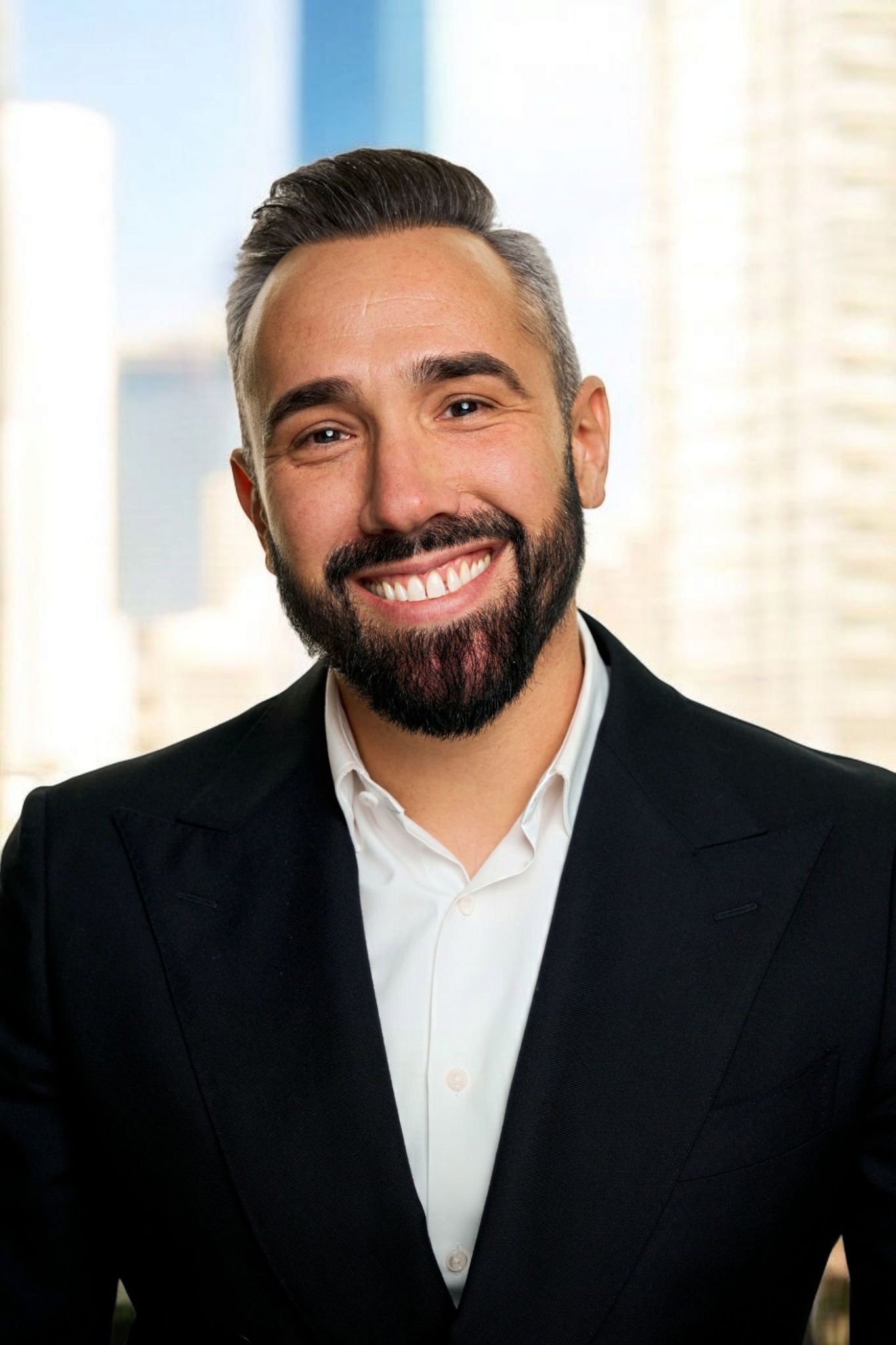
How We Work Is as Important as Where We Work
Ian Jones, Global SVP for Professional & Education Services at F5, discusses the need for making the most of how we send time together at work.
The question of where we work has become a pervasive debate. How often do people need to share space to do their job well? How do we make a world of hybrid work productive?
It’s an important topic, which needs to be considered alongside the equally significant issue of how we work.
How can we make the most of the time we spend together, wherever it may be? How can we maximise people’s time and optimise the collective capacity to drive progress on a given project or problem?
This came to mind during a recent mentoring session. My mentee was a project manager overseeing a complex IT programme, bringing together multiple teams from across the business, including a number of people senior to them. A workshop was in the diary, and they were worried about getting everyone on the same page.
“Have you considered pre-calls?”
It was a simple suggestion, but in the circumstances a relevant one. I suggested that they approach the various team leaders and ask for 15 minutes, discuss the project, their perspective, and what they hoped to get out of the workshop.
Next time we spoke, they had done this and were delighted with the results. Senior people had been much more approachable than they had feared. The differences had been smaller than expected. With the right groundwork in place, the workshop had been a success.
This was not only a good example of proactive project management – and indeed ‘managing up’ – but a lesson in how small interventions can make all the difference, and of the importance of closing the gaps that can open up in complex projects.
Over my career, I have been involved in enough of these to know that even minor misalignments can lead to considerable friction. When someone comes in from the outside to review progress and make recommendations, they will often conclude that the two camps are not so far apart. Yet within those camps, a siege mentality has set in and they believe that the differences are huge. They think that they disagree much more than they do.
This kind of issue is particularly relevant today, when physical distance often serves to entrench people in their silos, and makes it harder to achieve the kind of consensus you need. People start to work in a bubble comprising themselves and their immediate team. Tunnel vision sets in, and it becomes harder to see a shared problem from other perspectives.
That’s why I believe it’s more important than ever that teams work to break down these silos, and take a deliberate approach to pursuing consensus. The steps to achieve this are simple, but in my experience across multiple organisations, they are often not taken.
The first thing needed is a clear problem statement. Something that sets out what a team or group of teams is trying to achieve. The language really matters, because small differences in terminology can hide major variances in perspective. Until you can agree on the words, you won’t be able to set a direction for the project. This is worth investing time in as early as possible. Whatever you agree then becomes a North Star for the project.
The second necessity is preparation, especially for time spent together. As I advised my mentee, if you are hosting a workshop or group meeting of any significance, then don’t leave things to chance. Talk to the attendees, get their perspective and anticipate issues. Build relationships so you are not starting from scratch in an important meeting. Make sure people feel heard and understood, and no-one is sitting on a problem they will only reveal later.
Finally, if you do encounter a genuine stumbling block, don’t assume you have to tackle it there and then. Be prepared to shelve a difficult issue if it will allow you to make progress on other fronts. Once you have advanced a project past a certain point, your problem may solve itself, or it may help to bring in an independent third-party to act as arbitrator. The one thing you shouldn’t do is get stuck on a single issue and allow it to undermine the project as a whole. (I wish I had known this earlier in my career: as I often tell my mentees, the learnings I share are often based on what I should have done rather than what I actually did).
These straightforward techniques are more important than ever when we work in a way that promotes distance, and which can inadvertently embed divisions. If you want consensus, then you may need to work harder than before to plan for it, encourage it, and carry it through to the finish line.
If we diverted just a little of the energy committed to thinking about where people should work, and invested in it facilitating how they work with one another, I believe everyone would benefit – whether at home, in the office, or somewhere in between. But this doesn’t happen by accident. You have to plan for it, invest time in it, and make it a priority. If you are managing the project, co-ordinating the people and putting a high value on people’s time, you will be amazed how many problems start to look after themselves.
linkedin.com/in/ian-jones-7a60791

 EN
EN AR
AR HI
HI ES
ES FR
FR DE
DE











